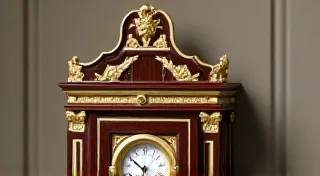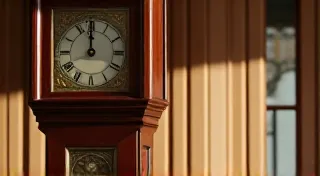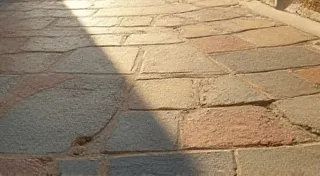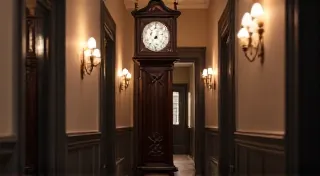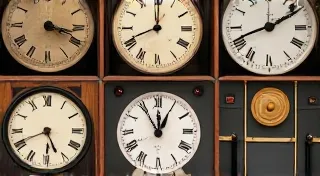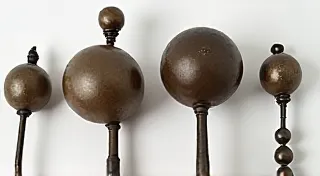Identifying Howard & Sons Clocks: British Clockmaking Excellence
Howard & Sons are highly sought-after among antique clock collectors. The name represents a legacy of exceptional British clockmaking, renowned for its intricate designs, meticulous craftsmanship, and reliability. This article will guide you through identifying Howard & Sons clocks, understanding their history, and recognizing key characteristics that distinguish them from other antique timepieces.
A History of Howard & Sons
The story of Howard & Sons begins in 1829 when Thomas Howard established the business in Clerkenwell, London. Thomas was a master clockmaker and initially operated as a partner in a larger firm. His focus on quality and innovation quickly earned him a reputation for producing clocks that were not only accurate but also beautifully designed. In 1835, Thomas formed a partnership with John Stauchery, and the business became Howard & Stauchery. Later, in 1845, John Rose, Thomas’ son-in-law, joined the firm, leading to the name Howard & Rose. After Thomas Howard’s death in 1848, the firm continued as Howard & Rose and subsequently evolved into Howard & Sons. Throughout the Victorian era and beyond, Howard & Sons served a prestigious clientele, including royalty and members of the aristocracy. They were recognized as suppliers of Royal clocks, a testament to their standing.
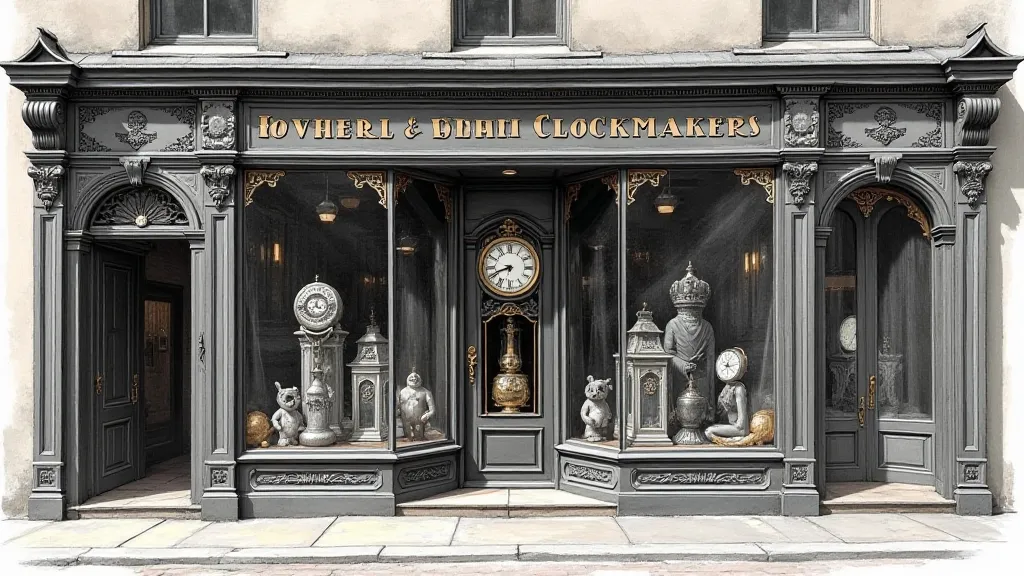
Key Characteristics of Howard & Sons Clocks
Identifying a genuine Howard & Sons clock involves examining several key features. While variations exist depending on the era and style, certain hallmarks remain consistent.
Movement Identification
The movement, or the clock's internal mechanism, is crucial for identification. Howard & Sons movements were typically of the highest quality, often featuring Geneva movements, known for their decorative finishing. They are often signed with "Howard & Sons" and the location, typically "London". Look for precise engraving and a level of detail unmatched in many contemporary clocks. The escapement mechanism, responsible for regulating timekeeping, will be expertly crafted.
Case Styles & Materials
Howard & Sons produced a wide range of clock cases. Common styles include:
- Grandfather Clocks: These are perhaps the most recognizable Howard & Sons clocks. They often feature mahogany cases with elegant inlaid details, and occasionally with marquetry. The dial is frequently brass, with Roman numerals.
- Bracket Clocks: These smaller clocks were popular in Victorian homes. Their cases are often made of mahogany or walnut and can showcase intricate carving.
- Mantel Clocks: Mantel clocks are smaller and designed to sit on a mantelpiece. Howard & Sons mantel clocks often feature elaborate designs and are sometimes embellished with porcelain panels.
- Anniversary Clocks: These clocks chime the hour and half-hour, and also strike the quarter hours with a different tone, offering a beautiful musical display.
Dial & Hands
The dials are usually made of brass or enamel. They typically feature Roman numerals and finely crafted hands. The Howard & Sons name will be prominently displayed on the dial, often in an elegant script.
Markings & Labels
Look for markings on the clock's movement, case, and dial. Genuine Howard & Sons clocks will bear the company name and sometimes the address. Labels may also be present, further confirming authenticity.
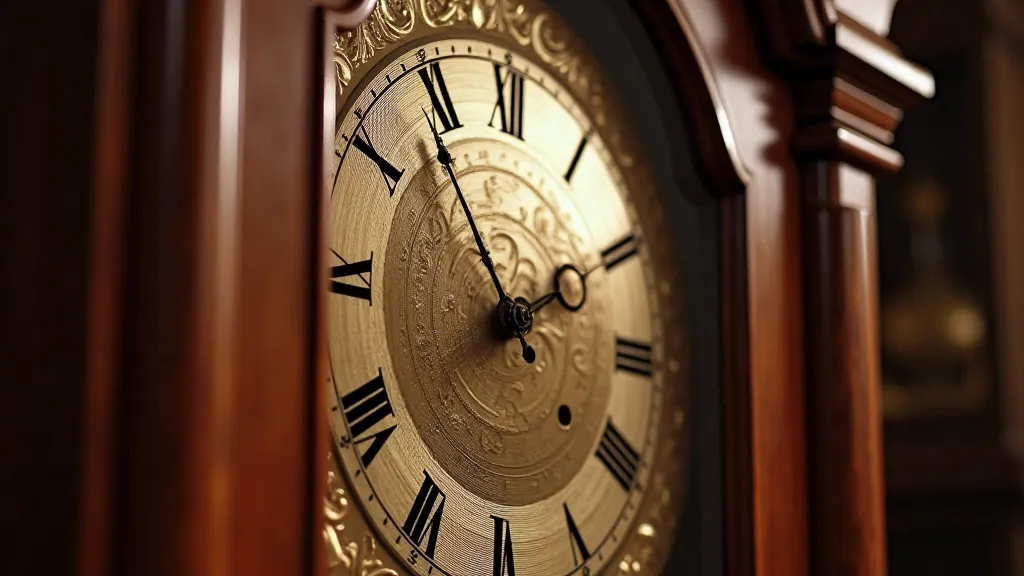
Common Challenges in Identification
Beware of reproductions and clocks that have been altered. Some manufacturers attempted to mimic Howard & Sons' style, but the quality and craftsmanship rarely match the originals. Be wary of clocks with poorly executed markings or cases that don's align with Howard & Sons' known designs.
If you are unsure about the authenticity of a clock, it’s best to consult with a qualified antique clock expert.
Value & Collecting
Howard & Sons clocks are valuable collectibles, commanding significant prices based on their rarity, condition, and historical significance. A well-preserved Royal clock will naturally be more valuable than a less desirable model.
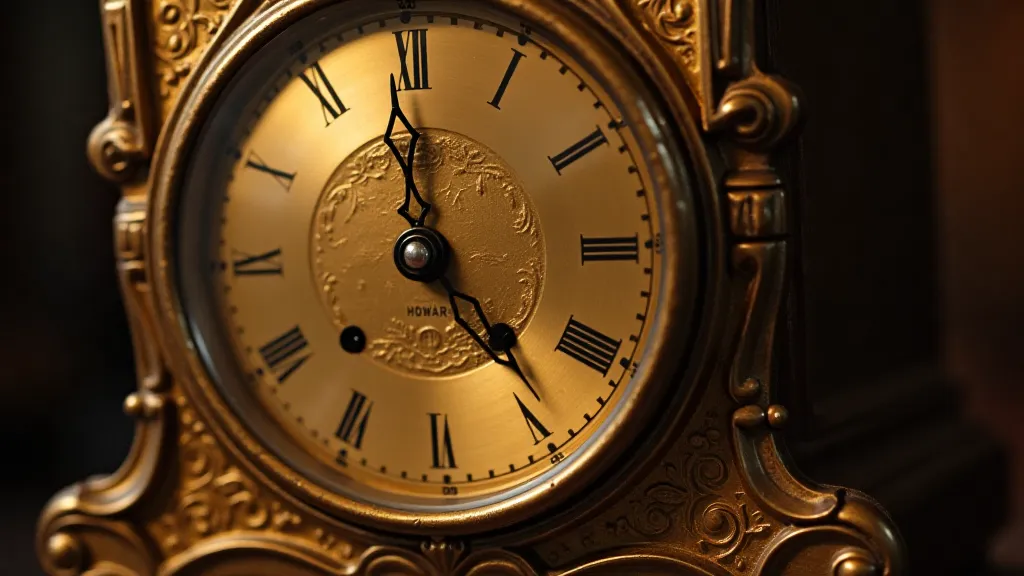
Further Research
To deepen your understanding of Howard & Sons clocks, consider exploring resources such as antique clock catalogs, auction records, and specialist clockmaker’s websites.
